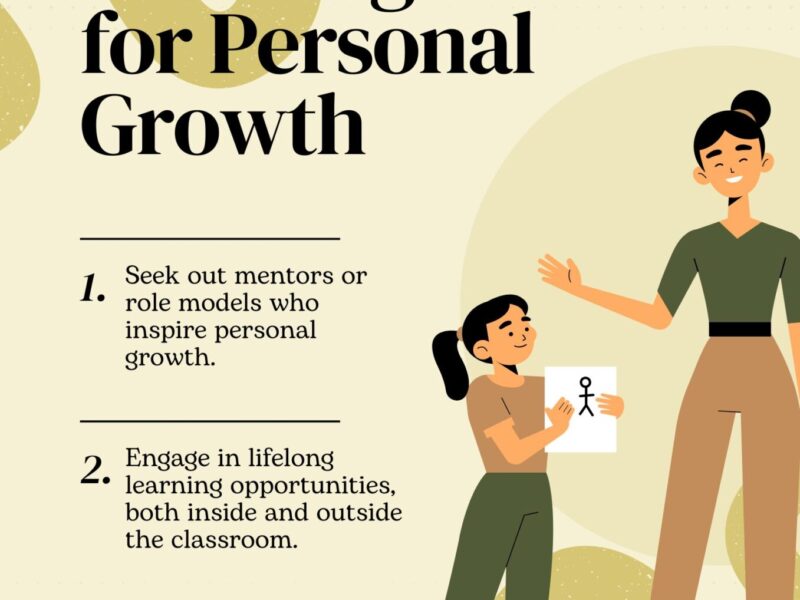Four years ago, online education still existed, but it was nothing compared to how much it exploded and shines today, making education really available and reachable to all kinds of learners at any point in the world. However, no matter how bright it seems for online learning, it has its own problems. There are barriers to be broken for teachers and even students that might hinder the effectiveness of a virtual classroom. In this article, the online learning challenges will be tackled and then analyzed to give practical ways to overcome them.
1. Technical Issues
Challenge:
Technical issues plague almost every online student at one point or another. Such technical difficulties can be anything from a bad internet connection and poor software and hardware to some kind of internal platform technical issues. Online courses are almost impossible to attend due to poor infrastructure in regions.
Solution:
Upgrade Equipment and Software: invest in and acquire updated hardware and software, so that they are compatible with the learning platforms. Use reliable devices and peripherals for a smooth learning experience.
– Backup Solutions: have backup copies of the essential files and applications. Save documents and resources with the aid of cloud storage as a backup against hardware failure.
– Internet Stability: Where possible, upgrade to a faster internet connection. For those in low-connectivity regions, downloading materials for offline use can be a lifesaver.
– Support Systems: Educational institutions will have to provide 24/7 technical support and training for students to be able to handle technical problems well.
2. Lack of Motivation and Discipline
Challenge:
Online learning has somehow improved a more rigorous self-discipline than conventional learning. It can serve as ground for students who usually either procrastinate or feel unaccountable to perform poorly or leave assignments unfinished.
Establish Objectives: Assignments should be divided into smaller units which can be well-managed, and define clearly short- and long-term academic goals.
Time Management: It is very important to schedule study time with a digital calendar and task management apps, as well as notification settings.
Study Environment: It should also be well-specified for distraction-free studying area at home, as scientific studies show that a well-organized environment facilitates focus and productivity.
Accountability Partners: Tell your goals to friends, family, or even colleagues around who will help you achieve your goals.
3. Limited Interaction and Social Isolation
Challenge:
Unlike classrooms, there’s little, if any, face-to-face interaction with online learning. Students feel isolated and as a consequence find it hard to cooperate and involve themselves with their peers and instructors.
Solution:
Actively Involve: Use discussion forums, group project sites, and even live sessions that will connect you with the peer and instructor community.
Virtual Study Groups: Create study groups with coursemates through video conferencing applications that can be used as a virtual learning environment.
Office Hours: Make use of such office hours to interact with the instructors on a one-on-one basis for clarifications.
Social Media Groups: Join course-specific social media groups or platforms to be among other learners.
4. Be flexible for online environments
Issue: Most learners, particularly those with little experience in technology, find it difficult to work on new online platforms and tools. That results in frustration and unproductivity.
Solution:
Training Programs: Institutions should develop tutorials or orientation for students that would prepare them for the specific online learning platforms in which they will learn.
Practice Sessions: Spend time playing with the functions of the platform-from placement of assignments, through participating in discussions, to accessing resources.
5. Work-life Balance Problems
Challenge:
For many online learners-especially working people-a hectic lifestyle often acts like an inhibitor in fulfilling the demands of learning with personal life and the workplace. The roles of being a parent and housewife often worsen the situation with stress and burnout.
Solution:
Prioritize Tasks: It would help you if you used a priority matrix for workflows. This way, you could know which tasks are urgent and have to be done immediately and which ones can wait.
Flexibility in Scheduling: Another advantage that comes with online learning is that it has the flexibility to individualize study days from the predetermined calendar.
Self-Care: Gathering up your time relax, exercise, and do something for fun to maintain the body and mind well.
Limited Practical Training
Problem: Practical training can be really limited by the online format since some courses require some physical equipment for demonstrations involving laboratory-based sciences as well in medical training.
Hybrid Model: Choose programs that combine both online and in-person instruction with occasional in-person classes for practical work.
Internships: Hands-on experience-learning can be complemented by an internship or apprenticeship as well.
Solution:
Online Proctoring Application: For testing students during examinations to check on them, using proctoring software dissuades the probability of cheating.
Regular low-stakes quizzes: Allow frequent opportunities for low-stakes quizzes during a semester for its performance monitoring and feedback.
Rubrics: Use formal rubrics for homogeneity of assessment and ease of transparency in evaluation.
8. Impediments for the Quality Resources
Solution:
Open Educational Resource (OER): Use credible, open-access resources of learning free from their boundaries.
Remote Access: Provide all-the-digitized libraries and subscription journals by institutions for remote access.
Expert Lectures for: Participate in webinars, guest lectures, and workshops delivered by distinguished practitioners in the field.
Feedback Loop: Suggest instructors refresh course materials periodically.
9. Medical Challenges Most Typical Health Complaints
Squinting of the eyes, poor posture, and mental lethargy due to studying in front of a computer very often result in the above health complaints.
Correct: The sitting posture in the chair must be ergonomic. Plus, both desk and monitor heights must be optimally set to these heights in regard to eye level.
Movement: Schedule time to get up, walk, stretch, or exercise.
Blue Light Filters: Also, wear blue-blocking glasses when using or switching to night mode on devices to observe a decrease in strain on the eyes.
Correct:
Inclusive content: Use course materials with cultural-neutral and example language.
Language Support: Captions, transcription, or multilingual support provided for those who are not native speakers.
Culturally Sensitive Training: Training of educators to understand and address diversity needs of learners.
Community Building: To educate build learners about sharing their cultures to enrich the experience of learning.
Simply put
Not always do online learning experiences get disturbed by the initiatives that have come-along in technology and collaboration to troop in eliminating said barriers. Simply, everyone-including all institutions and learners, must learn to engage together for the kind of environment that encourages engagement, inclusiveness, and success. It implies that these barriers will not stop online learning from continuing constructively as an effective instrument within hands-reach of millions.

